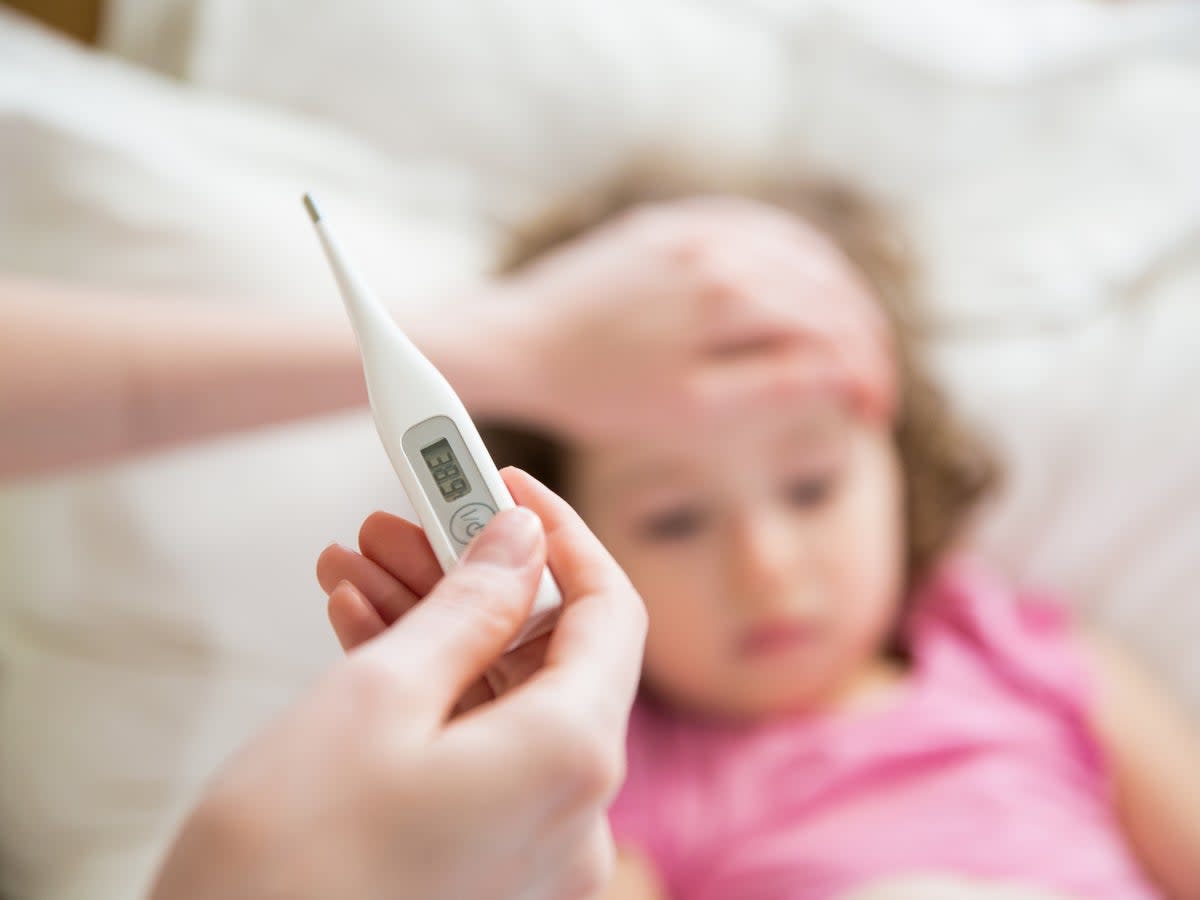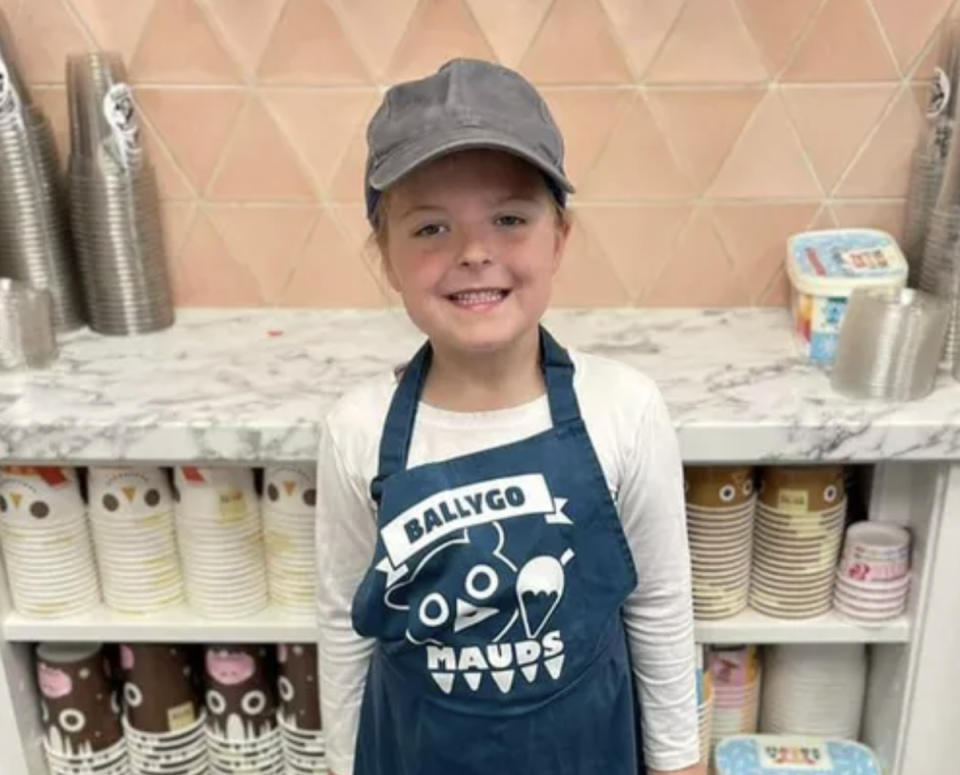Scarlet fever cases rise tenfold in a year as Strep A infections soar

Scarlet fever cases have risen tenfold this year to outstrip last year by thousands, official figures show.
There had been around 23,000 incidents of the infection - caused by the Strep A bacteria - this year up until last week.
This was compared to just 2,323 during the same period in 2021.
But this year, there were around 1,100 cases reported last week alone, according to official data published on Tuesday.
Have you been affected by this story? Please contact zoe.tidman@independent.co.uk
The UK Health and Security Agency said last week scarlet fever cases were higher than usual for this time of year.
There has also been an increase in the rare and potentially life-threatening invasive Group A strep disease - which can occur when the Strep A bacteria gets into the bloodstream.
At least nine children have died in recent weeks after being infected with this bacteria. Among them are seven-year-old Hanna Roap from Wales, four-year-old Muhammad Ibrahim Ali from Buckinghamshire and Belfast primary school pupil Stella-Lilly McCorkindale.


Scarlet fever is usually a mild but highly infectious illness that is treated with antibiotics. Symptoms include a sore throat, headache, and fever, along with a fine, pinkish or red body rash with a sandpapery feel.
Health authorities say it is important to treat it early to reduce the risk of complications such as pneumonia or a bloodstream infection.
UKHSA said there were 1,131 cases of scarlet fever last week - compared to 991, 950 and 725 in previous weeks.
Out of the 23,000 reported this year so far, 11,089 have been since July.
In 2021, there were only 1,338 scarlet fever cases reported in the same period - until Week 48 - from July. The year before, the figure was 577.
In a separate update on scarlet fever last week, UKHSA said the number of cases continued to remain higher than is typically seen at this time of year.
It urged parents of children with scarlet fever to keep them at home until at least 24 hours after starting antibiotic treatment to avoid spreading the infection.
Dr Colin Brown from UKHSA said: “We are seeing a higher number of cases of Group A strep this year than usual. The bacteria usually causes a mild infection producing sore throats or scarlet fever that can be easily treated with antibiotics.
“In very rare circumstances, this bacteria can get into the bloodstream and cause serious illness – called invasive Group A strep (iGAS). This is still uncommon; however, it is important that parents are on the lookout for symptoms and see a doctor as quickly as possible so that their child can be treated and we can stop the infection becoming serious.
“Make sure you talk to a health professional if your child is showing signs of deteriorating after a bout of scarlet fever, a sore throat, or a respiratory infection.”
Parents have been urged to contact 111 or their GP if:
a child is getting worse
a child is feeding or eating much less than normal
a child has had a dry nappy for 12 hours or more or is showing other signs of dehydration
a baby under three months has a temperature of 38C, or if older than three months, a temperature of 39C or higher
their baby feels hot when touching their back or chest, or feels sweaty
a child is very tired or irritable
UKHSA tells parents to call 999 if:
a child is struggling to breathe - which can include grunting noises or hearing their tummy sucking under their ribsyour child is having difficulty breathing – you may notice grunting noises or their tummy sucking under their ribs
there are pauses when child breathing
a child’s skin, tongue or lips are blue

 Yahoo News
Yahoo News 
